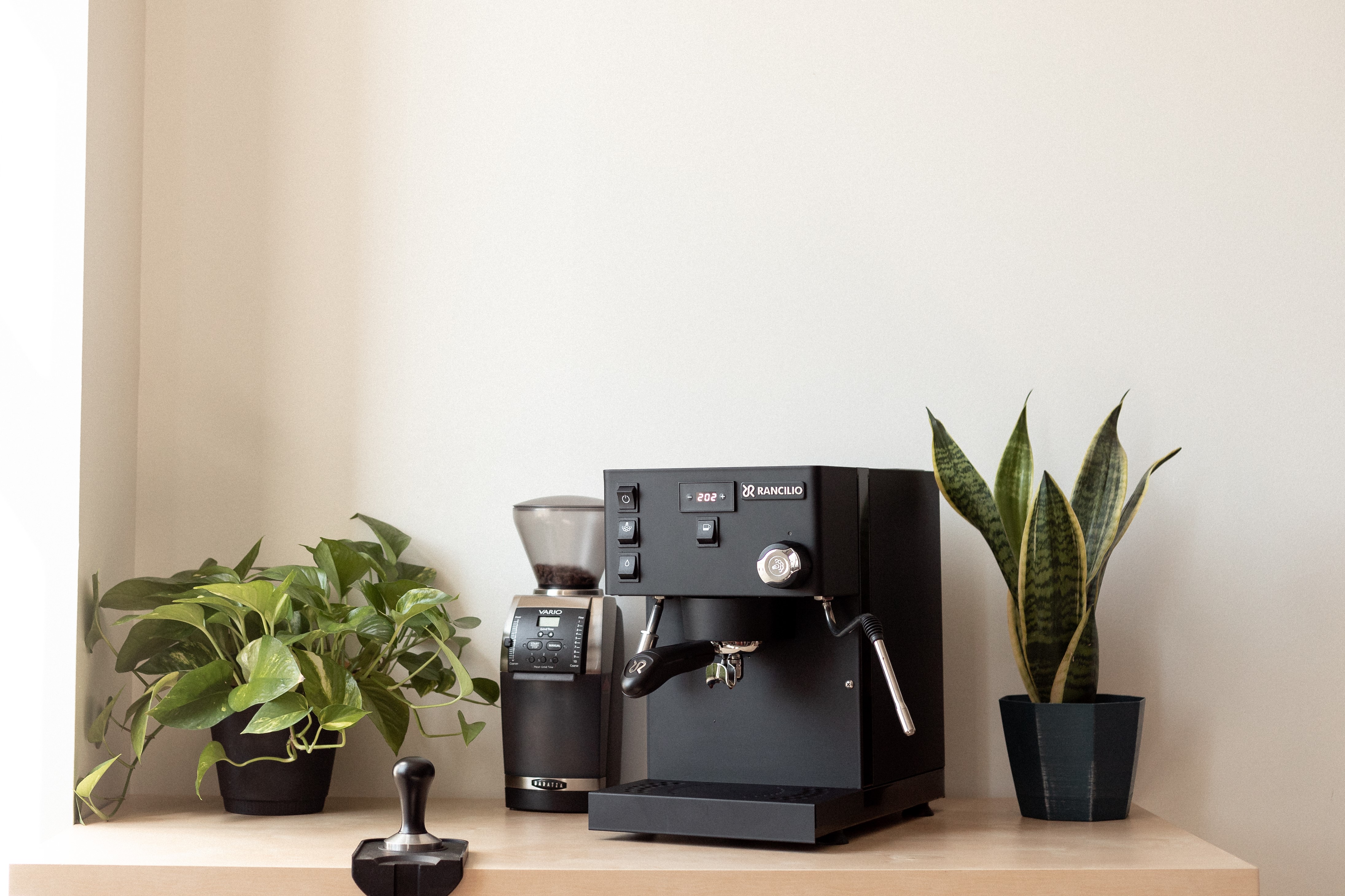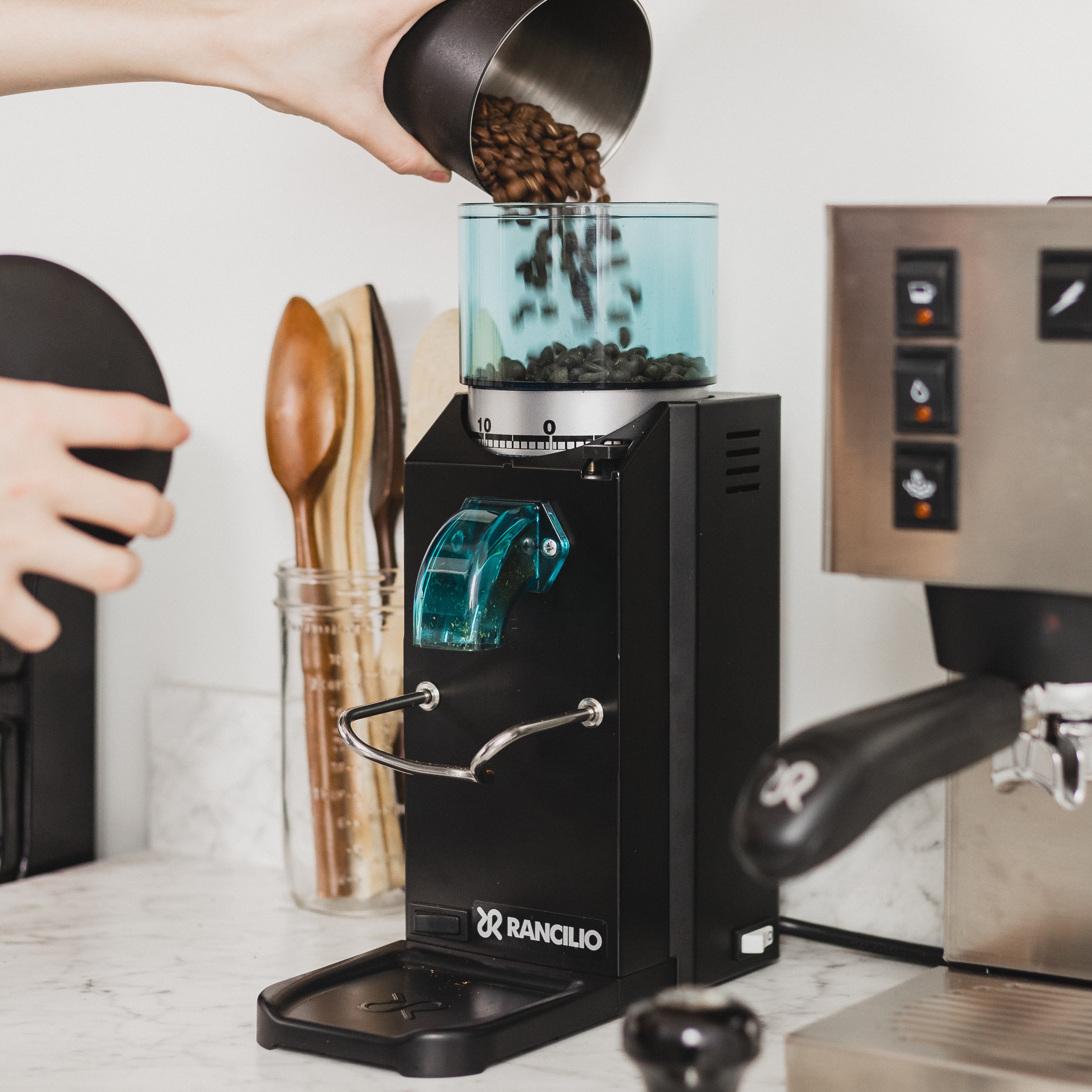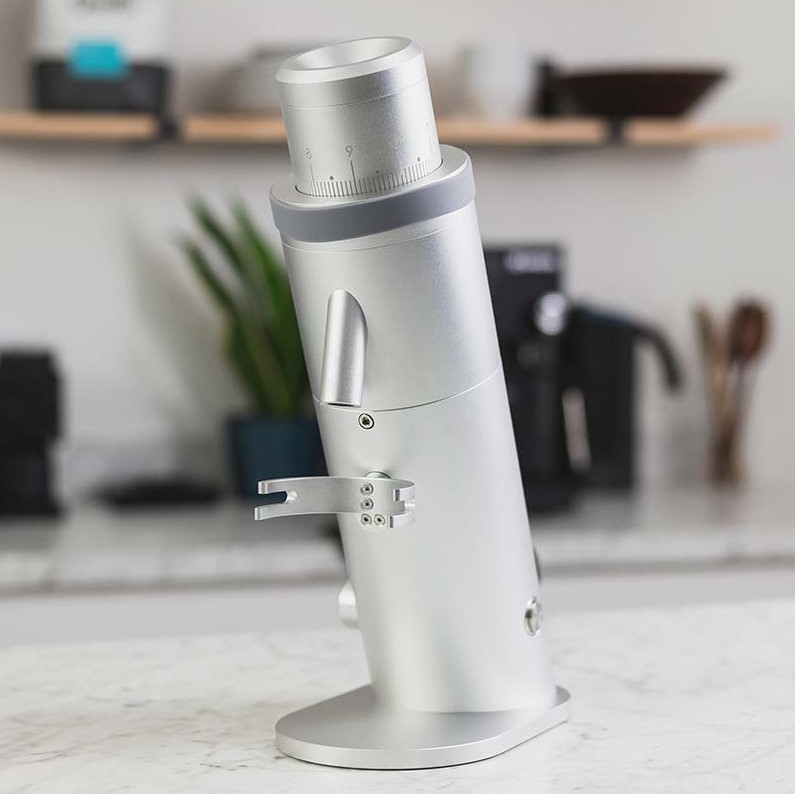Home (Espresso) Economics
There are a lot of articles on the web that promise savings. One of the conventional tropes is to calculate how much money you spend on a luxury, such as coffee, per day, week, or year; and then to suggest that buying a new product, such as an espresso machine, for use at home will in the long run save you hundreds if not thousands of dollars per day, month, year. The end.
For example, these articles go, if you drink one cappuccino per day, and each costs $4, then you will spend $4 per day on coffee. Let’s say you’re a generous tipper: make it $5 per day. Let’s say, too, that you don’t miss a day, not even on Christmas—the family has to wait while you sneak off to the only open café six towns away. $5 per day for 365 days adds up to $1,825 per year ($1,830 on leap years if you believe in that sorta thing).
“The math is just as much about how much
you choose not to use your espresso machine.”
In one of those articles, the next step is to say: if you buy an espresso machine and grinder, you will save $1,825 per year on coffee, which is to say, with a budget of $1,825, you could buy an espresso machine and grinder and accessories, and after one year you will live happily ever after making lattes for pretty much free. What a charmed life. And all you had to do was stay at home.
But what about cartons of milk? What about bags of coffee? This stuff ain’t free, folks.

Whew. Luckily, this is not one of those articles. It might have been, but the math is just too tricky.
One reason this is not so easy to calculate is because at times, maybe quite often, you are likely to go to a coffee shop and spend money there even though you have a perfectly capable espresso setup at home just waiting to be put to use. Why do we leave? To meet a friend. To go for a walk. To be elsewhere. Life, that's why. On those days or even weeks (vacation!), because our liver can only process so much caffeine, your home machine will lie in wait. The math, then, is just as much about how much you choose not to use your espresso machine.
Complicated stuff.
“Your future-self will thank you.”

But if you want to talk savings, we can talk savings, too. Ask yourself this question: How many drinks will you make on your home machine that, if you did not have the machine, you would have bought at a coffee shop? Be realistic. Factor in the costs of ingredients. A gallon of organic milk (yes, we like the fancy dairy) costs $7. A 12oz.-bag (340 grams) of specialty coffee costs $20. A latte contains 18g of espresso and about 9 ounces of milk. Therefore each latte costs right around $1.58. The real savings is the difference between how much it costs you to make a latte at home and how much it costs you to buy a latte at a coffee shop. The going rate for lattes is right around $5. If your cost at home is $1.58, the difference is $3.42. Every latte you make at home and do not buy out at a coffee shop, then, is $3.42 you are not spending on a latte at a coffee shop. It is that difference and that difference alone that amounts to “savings.” Put that into your espresso setup payback fund and within a couple of years you will have collected enough money to cover the original cost of equipment. Of course, you will have already paid the money, so it isn’t exactly savings; it’s just good business. Your future-self will thank you.
Time is Money
1 Year
Make a latte every day and that is a little over 1200 bucks per year that you have not spent buying a latte elsewhere. Pretty good. A little less for straight espresso and a little more for special drinks like honey cardamom paprika lattes (just a little something we are working on at the moment). And $1,200 isn't bad. In fact, that amount will be enough to pay yourself back for having purchased a Lelit Anna espresso machine and Rancilio Rocky grinder.
5 Years
After five years, your piggy bank will be up to $6,000. That is enough to pay yourself back for having purchased a Lelit Bianca and Lagom P64 in addition to a generous helping of accessories like a tamper, distribution tool, tamping mat, filtration basket, milk pitchers, and more.
10 Years
After ten years? $12,000! Your piggie is bursting at its ceramic seams! That is enough to pay yourself back for having purchased the most robust of machines and grinders, such as a Victoria Arduino Eagle One Prima and Mazzer Major V, in addition to thousands of dollars of coffee (including a Gesha or two).
For the Love of Espresso
But, let’s be real. We don’t buy machines because they are a financial investment, because they will save us money, or because they will make better drinks than what we get at shops. Instead, we buy machines because we love espresso and/or drinks containing it and we would very much like not to have to put on our shoes to have some. This is the same reason we buy a Bonavita if we love drip coffee or a V60 if we love single-cup brewing; it’s the same reason we buy anything, really, that has to do with culinary delights: cookie sheets, muffin pans, double boilers. Remember when electric fryers were de rigueur?
This is not to say money isn’t a factor. Budgets are always a factor when it comes to making a big purchase, from homes and cars all the way down to espresso machines and, yes, those darling faux-snakeskin boots. We just think it is insufficient to talk about home espresso in terms of money alone. It’s about enjoyment. It involves feelings.
The economics of home espresso is first and foremost about finding the right setup for you at the right price for you. This isn’t an investment in the traditional sense; it will take years to "realize" the initial cost and the realization will happen quietly in the background of your bank account and possibly in your mind. By then, though, you may have your eye on a fashionable new espresso machine or grinder, and you will begin the process all over again. For now, though, let’s set you up with the right gear. Let’s take it one day at a time.









